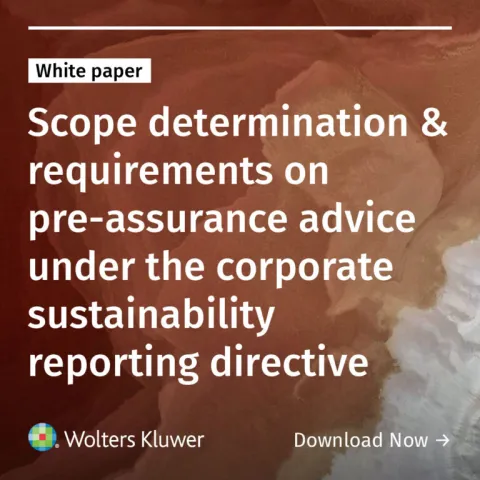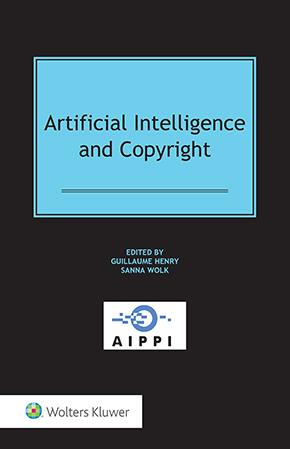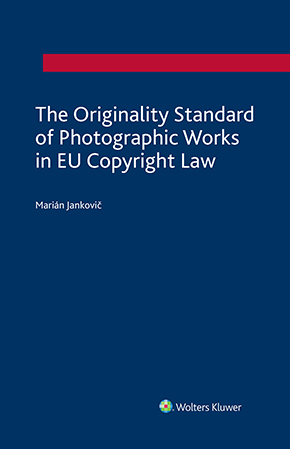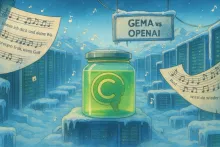A grape misunderstanding – wine importer found liable for copyright infringement for wine bottle labels
November 10, 2025
In a recent IPEC decision (Shantell Martin v Bodegas San Huberto [2025] EWHC 1827 (IPEC)), Deputy Judge David Stone has found a UK importer and distributor of wine liable for copyright infringement in relation to a particular label on bottles purchased from a Argentinian winery.
The case is a useful reminder to companies who import goods into the UK to be aware that they may be liable for the actions of foreign manufacturers.
Background
The claimants were Shantell Martin (“Martin”), and her company, Found the Found LLC, which owns the copyright in the work in question. The defendants were the Argentinian winery Bodegas San Huberto SA (“BSH”), GM Drinks Ltd (their exclusive UK distributor) (“GM”) and Mr Patch (a director of GM Drinks).
Martin is a well-known artist who has previously collaborated with famous brands in the UK, including The North Face, Puma and Tiffany & Co. In 2017, Martin created a large-scale wall drawing for an exhibition in New York (the “Work”). In 2021, she assigned copyright in the Work to Found the Found.
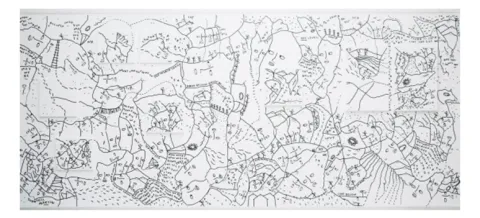
In 2018, BHS commissioned a designer to create a label to be used on a wine bottle (the “First Label”), which was then exported to the UK and distributed by GM in early 2020. Following a complaint from Martin in April 2020 raising copyright infringement allegations, BSH subsequently amended the First Label and sold further bottles of wine to GM using a Second and Third Label. Images of the Labels are below:
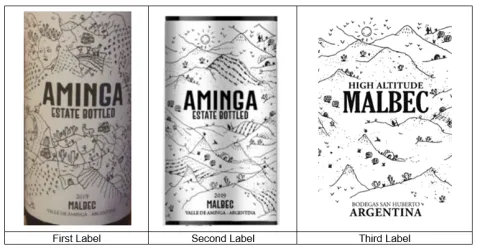
Claims
The claimants argued there was copyright infringement against all three Labels under sections 18, 22, 23(a) and 23(b) of the Copyright, Designs and Patents Act 1998 (“CDPA”), moral rights infringement contrary to s.77 CDPA and passing off of the products as being endorsed by Martin. There were also allegations of joint tortfeasorship between the defendants.
Readers of the judgment will feel for the third defendant, Mr Patch. He ended up as a litigant in person at trial after BSH were sacked by their UK counsel shortly beforehand and decided not to turn up. Mr Patch had been relying on their counsel and had also been told by BSH that they would protect him. As a result, both counsel for the claimants and Stone DJ provided huge amounts of assistance to him.
Copyright Findings
There was no real debate at trial about copyright subsistence – the work was protected. As a result, the main issue was whether a substantial part of the Work had been copied in the various labels.
First Label
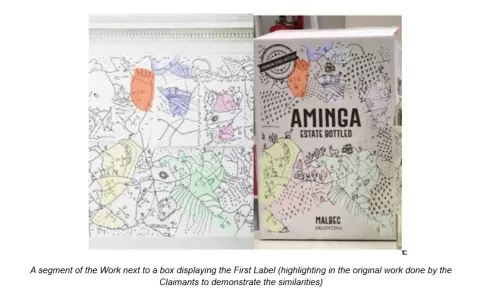
The Judge considered the First Label to clearly be a copy of the Work, albeit one which has been modified in some respects and accepted the claimants’ submission that the similarities between the First Label and the Work were enough to engage a presumption of copying (relying on Designers Guild). He therefore held that the First Label was a substantial reproduction of the Work.
GM were found to be primarily liable for copyright infringement under s.18 CDPA for issuing copies to the public in the UK. Unfortunately for GM, this act of infringement is one of strict liability, so it did not matter that they had not actually undertaken the copying themselves. Neither BSH nor Mr Patch had issued products using the First Label to the public, so were found not directly liable under s.18.
The acts of secondary infringement alleged: importing, possessing and selling (s.22, 23(a) and (b) CDPA) require knowledge. The Judge found that GM did not have the requisite knowledge until being notified about the Work in April 2020. He found GM not liable for any secondary infringements before this date, although they were liable for acts after. There were no allegations against Mr Patch for these infringements and it was found that BSH had not undertaken any of the relevant acts in the UK, so could not be liable.
Second Label

The Judge was satisfied that in creating the Second Label, the artist had clearly tried to move away from the Work to avoid infringement and that the Second Label was therefore a copy of the First Label for copyright purposes. None of the features copied in the First Label from the Work appear in the Second Label. The claimants argued the Second Label was an ‘inexact imitation’. They submitted an 8-point feature analysis of what they claimed was Martin’s exercise of her expressive and creative choices, and argued that these elements were present in the Second Label, so it was therefore a substantial reproduction.
The Judge did not find this feature analysis helpful for the purposes of assessing substantial part. The 8-point summary does not adequately set out the features of the Work and overly downplayed the significance of certain features like the humanoid faces. He then clarified that it is what it looks like that matters and stated that a comparison of the works side by side is key. The Judge then conducted his own analysis including considering the significance of the inclusion of humanoid faces in the Work. The claimants’ own feature analysis had not made reference to these faces; nonetheless, the Judge considered these to be significant based on their prominence in Martin’s work. The Second Label did not include any faces and copyright infringement was rejected on that basis.
The claimants also tried to rely on copying of a number of Martin’s ‘distinctive features’ including loops, dotted lines, depictions of suns and birds. In our view these features can be considered as features of the style of the artist. The Judge found no “exact (or even close) reproductions” of these elements in the Second Label, so there could be no copyright infringement. He noted that the Second Label did include “loops, dotted lines, mountains, suns and birds” (albeit not in the examples he was shown), but he considered these to be all common elements in the language of drawing – not expressions of Martin’s creativity.
Overall, the Judge found that the Second Label, although stylistically similar, had moved far enough away from the work not to be a substantial reproduction. No copyright infringement was therefore found against any of the defendants.
Third Label
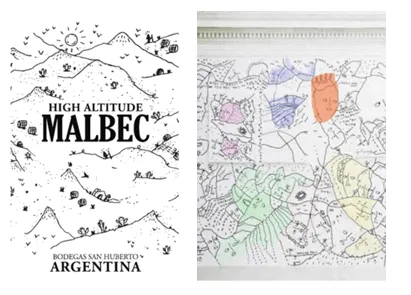
The Judge found that there was no infringement for the Third Label. He was satisfied that it was sufficiently different and far enough away from the Work not to be considered a copy.
Passing Off
A successful claim for passing off must establish three elements: goodwill in the UK, misrepresentation by the defendant and that the claimant has suffered, or is likely to suffer, damage. The Judge saw no issue in finding goodwill in the UK, but there was a slight query about what it was actually in, as there was no ‘product’ as such. Martin argued that goodwill existed in her entire artistic output. This demonstrates the flexibility of the tort of passing off – different to copyright, the style of the artist can be protected even if it is not attached to their own physical product
The Judge accepted that describing a style is complicated, but thought it necessary. He did not agree with Ms Martin’s categorisation and instead, used examples to identify characteristics he considered constituted the style to which goodwill would attach.
There were instances of consumers being misled, confirming the Judge’s view that the First Label was sufficiently close to cause a misrepresentation that the artist has endorsed the product. He therefore made a finding of misrepresentation in the First Label, but not in relation to the Second and Third Labels as they were not sufficiently similar to her work.
Martin argued damage on three fronts – (1) actual loss from licensing, (2) reduction in ability to attract endorsements and (3) damage to the distinctiveness of her style. Based on the evidence submitted, the Judge found damage in relation to 1 and 3, but not 2.
Overall therefore, GM was found to be liable for passing off the First Label products. BSH were found not to be liable as they had not committed any acts in the UK.
Joint Tortfeasorship
The Judge confirmed the recent Supreme Court guidance in Lifestyle Equities that joint tortfeasorship requires knowledge of the essential facts.
As a result, BSH and Patch were found to be jointly liable with GM Drinks for copyright infringement of the First Label after being notified about the Work in April 2020.
Martin (or her solicitors) did not raise passing off or goodwill in any correspondence with the defendants until December 2021, after sales of the First Label products had ceased, so the Judge found no joint liability for passing off due to a lack of knowledge.
Flagrancy and Moral Rights
The claimants tried to raise the issues of flagrancy and moral rights at trial and were refused permission by the Judge as they were not on the List of Issues agreed at the Case Management Conference. He did however make findings in his judgment in case he was wrong not to hear these points. He considered that Martin would likely have succeeded under s.77 CDPA in relation to moral rights. He also made a finding of no flagrancy on the facts.
In addition, he specifically highlighted s.97 CDPA which provides that an innocent infringer is not required to pay damages and commented that GM might be able to rely on this provision.
Takeaway Points
The case is a useful reminder that primary acts of copyright infringement are strict liability and can occur without intent or knowledge.
It confirms that a UK based importer can be liable for infringement in relation to an imported product even without knowledge of any infringement. The fact it has not done the copying, made the products or participated in the design process makes no difference.
The finding of no liability for secondary infringement prior to notification highlights the importance of acting quickly once put on notice of potential infringement to minimise potential exposure to damages.
The finding of passing off is very helpful when features of style might not be protectable as copyright works; those same features might be relevant for causing a misrepresentation. This is very useful confirmation in the UK for artists who might wish to act against parasitic use of their artwork when the third party product might wrongly suggest the artist is endorsing or economically connected to the product.


